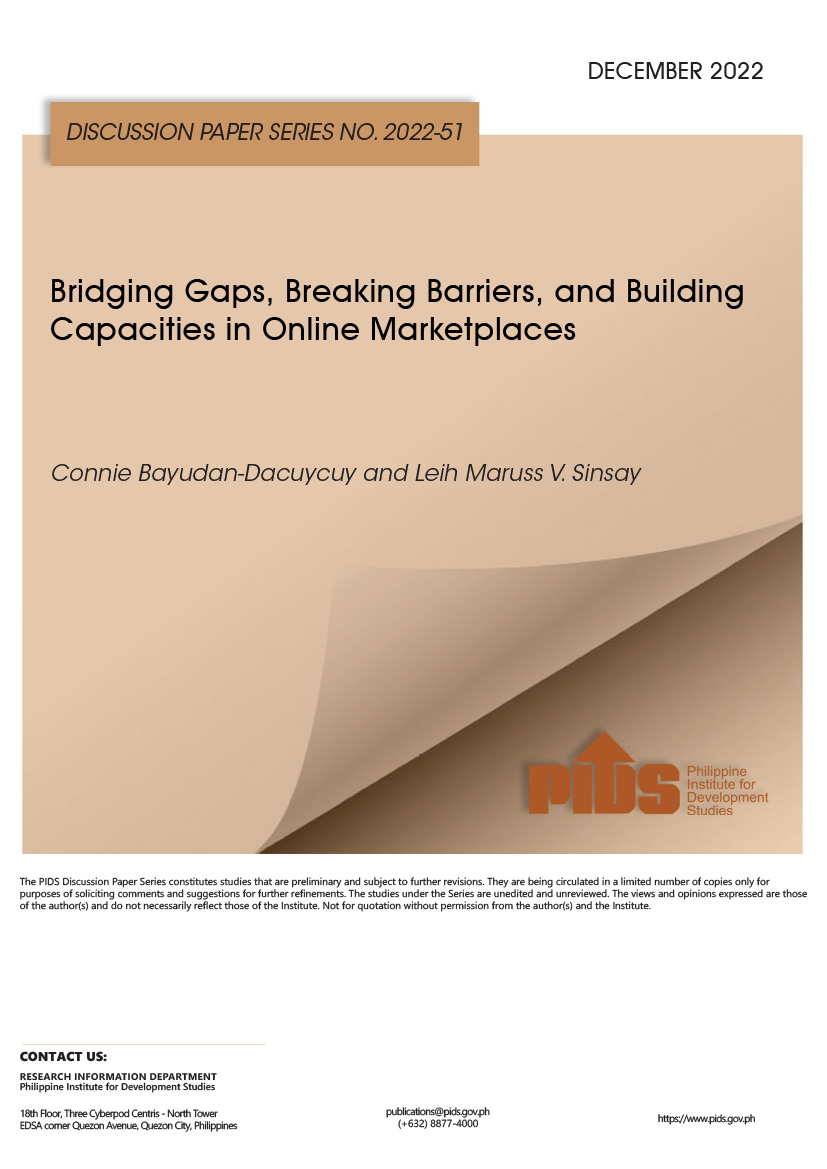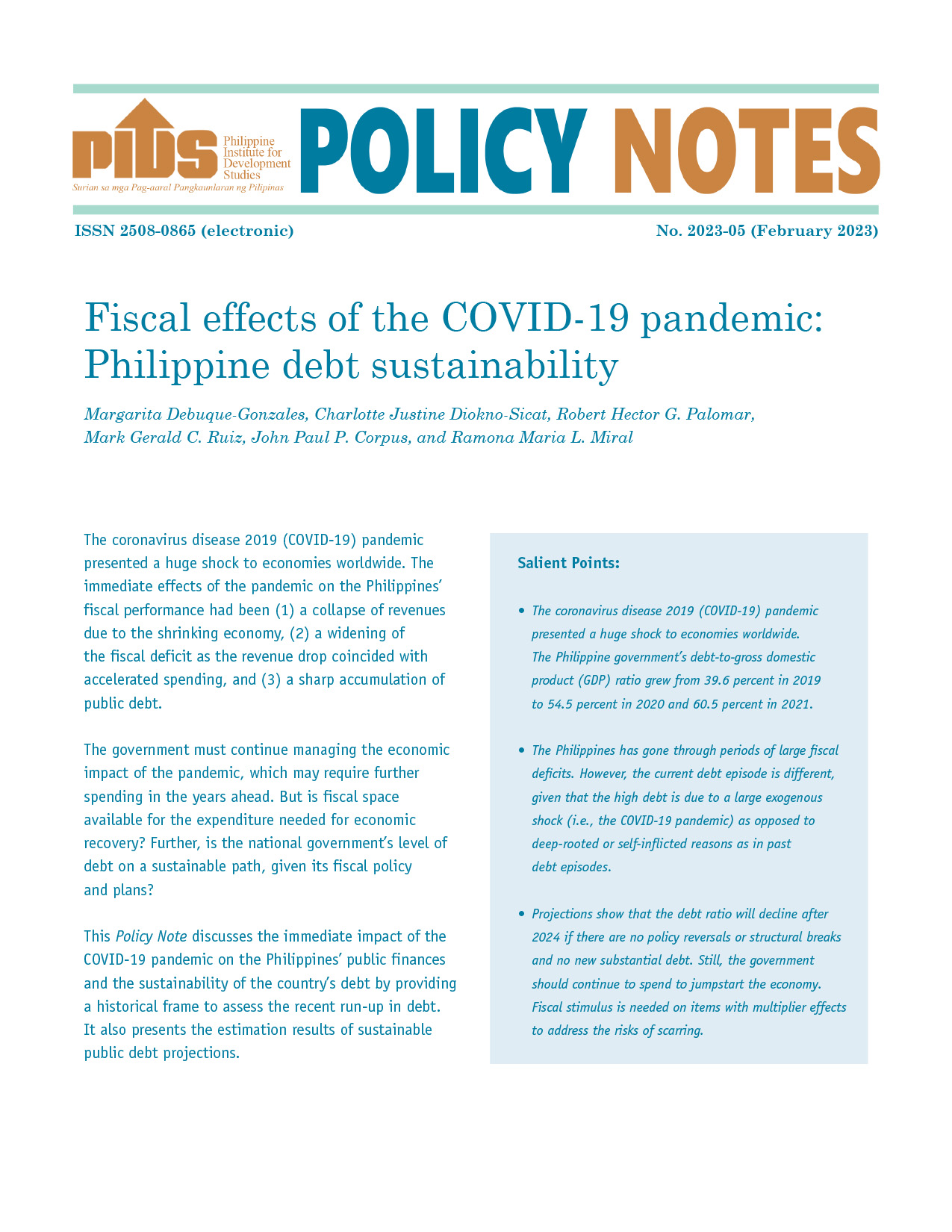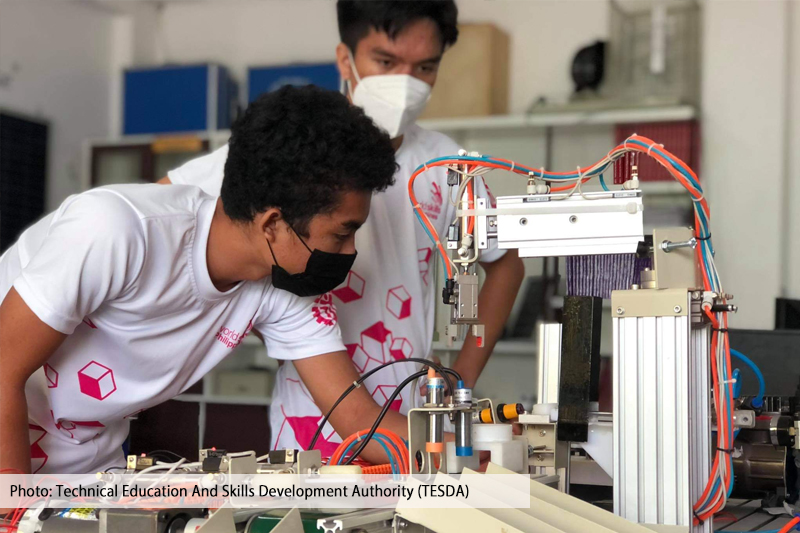We have been hearing a lot about inclusive growth or how to make every Filipino benefit from our strong economy. What has been happening lately is the exact opposite: the benefits from our supposedly robust economy (courtesy of our OFWs and BPOs) are enjoyed only by the one percent of rich folks, mostly of the oligarchic families who had long been living off the fat of the land.
In the US and in Europe, they are talking of the widening gap between the one percent and the 99 percent. As is the case here, it means the rich are getting richer and the poor, poorer. Unfortunately, anyone who points out the problem and calls for intervention to bridge the gap, is called a communist.
Putting ideologies aside, there is a good practical reason why we would want the poor to break out of poverty… or at least have enough decent food on the table other than the leftovers from fast food restaurants called pagpag. In a word, survival… theirs and everyone else’s.
If they become even poorer and miserably hungrier than they already are, all bets are off. We can not feel secure… if they don’t rise up in revolution, there will be a crime wave spilling blood in our streets and in our homes. Indeed, our situation now is already living a bit too dangerously. The reason for our social compact, government’s reason for being, is fading fast.
These thoughts came to mind as I read a story from abs-cbnnews.com about a study done by the ADB which headlined the finding that 30 percent of CCT or Conditional Cash Transfer beneficiaries are not poor. Wow! The first thing that comes to mind is a 30 percent leakage from this flagship anti-poverty program of government. That’s real bad news.
But wait a minute… it isn’t what it seems. It is more than a bit complicated and unfortunately, the news writer didn’t capture the essence of the story. True, DSWD could do a better job of targeting CCT beneficiaries and weeding out fakes and the unqualified. But it isn’t that bad.
Way back in December last year, Dr. Jose Ramon G. Albert wrote an article which revealed "poverty among beneficiaries (at 58.1 percent) would be 6.4 percentage points higher (64.5 percent) without the CCT.”
"Doesn’t this suggest some CCT households are not ‘poor’? Certainly, but independent evaluation by the Social Weather Stations shows most of these non-poor beneficiaries are nearly-poor.”
This is why the reaction of Gov. Joey Salceda on Facebook to the ADB story of abs-cbnnews.com is instructive.
"The 30 percent figure, I presume, must be empirically based, say on an ADB-commissioned random survey with at least 2,400 respondents. Then the issue is the definition of ‘poor’ - if the recent number of 4Ps of 4.8m then it does exceed the 2012 FIES 4.2m poor.
"But just imagine the definition. The next higher rank is lower middle which has 7m, and adding up = 11.2 million vulnerable or poor+near-poor. From a policy perspective, the 30 percent must be an acceptable buffer.
"In last Annual Poverty Indicator Survey or APIS, Jose Ramon Gatmaitan Albert recommended that very policy of covering the near poor since the Philippine condition of ‘2.6m out of poverty but 2.8m into poverty’ resulting in higher poverty principally due to near-poor becoming poor. In short, we must go after also that 2.8m that slides into poverty.”
For background, from P4 million in 2007 to support 6,000 households, the 2014 budget was P62.6 billion to assist four million households. According to the World Bank, our CCT or Pantawid has become the third largest CCT program globally, next only to Brazil (8.8 million households) and Mexico (6.5 million households).
Yes, poverty incidence has not changed, even with the CCT. Citing data from the 2013 APIS, conducted by the Philippine Statistics Authority (PSA), Dr. Albert said the poverty rate (of 25 percent) could be as much 26.4 percent without Pantawid.
"Even the extreme poverty rate (of 11.1 percent), the proportion of Pinoys whose income is less than needs for food, would be 1.4 percentage points higher without Pantawid (12.5 percent) in place.”
Government officially defines poor according to income data and poverty thresholds. The PSA generates income data through a process of asking detailed information on income through surveys.
On the other hand, the DSWD, through their Listahanan, obtains information on facilities (such as electricity, toilets, walls, roofs) and assets (such as refrigerators, television sets, and the like), and on the basis of a statistical model estimates household income.
Dr. Albert concedes there are errors in identifying poor households, but DSWD has a process for delisting the non-poor, and also for having the poor who are not in its list to be enlisted, subject to verification.
In any case, Dr. Albert points out the World Bank estimates that more than four fifths (82 percent) of Pantawid beneficiaries are from the bottom 40 percent of income distribution, and more than half (53 percent) are from the bottom 20 percent.
Indeed, the World Bank has shown that when Pantawid is compared in targeting accuracy with other CCTs, the DSWD program performs better than all CCTs with a large coverage in the population (of more than 15 percent), except for that of Brazil.
In 2013, Pantawid beneficiary families received an average of P1,407 of monthly cash grants. Without the cash grants, these families had an average per capita income of P13,293, whereas the poverty line per person was P19,262.
While the CCT budget is large, what is received by beneficiaries is still not enough to help them get out of poverty. About half of cash grants are used for food, a quarter (25 percent) on education-related expenses, while seven percent is used on health, and close to nothing is used for recreation or alcohol.
The amounts have even been eroded by inflation: in the pilot program in 2006, maximum cash grants were a fourth (23 percent) of household income, but by 2013, this went down to less than a 10th (seven percent).
The mistaken notion is that the money given is a dole out. It isn’t. It is an investment on our human capital. Far from being a dole out, the grant is given on the condition the family sends their children to school and regularly bring them to health centers.
Unless we have a population that is educated and healthy, there is no way we can graduate to developed country status. The gap between the rich and poor can only worsen. Our poor cannot break out of poverty unless they are educated and are healthy.
A study done by PIDS, a government think tank known for its independence, disproved the notion that CCT beneficiaries are encouraged to become mendicants.
"Parents work to compensate for loss of income from children who attend school. When people publicly recognize the importance of education, families are convinced to keep their children in school. Households also respond by exerting more effort.”
Indeed, CCT is a long term program, one that goes beyond the six year term of our Presidents. It is not fair to judge it in the short term, when it is still figuring out how to implement it best.
Train woes
Here is a letter from reader Rosie Sta Ana:
Dear Mr. Chanco,
Thank you for constantly reminding the administration about our public infra woes. Your column today is really an opener to those cabinet secretaries.
If I may add, please remind the management of LRT2 about the comfort rooms (CR) they built last year in almost all the stations of LRT2. It seems these were finished by end of December, but until now the doors are closed and work has stopped. We assume they have completed the work, but have placed their use on hold, why???
Everyday we see long lines of commuters queuing for the one and only CR in the stations (only one for females and males).
There are machines displayed in the stations for reading what they say "one ticket” for all the trains (LRT1/LRT2/ MRT). It had been there for months now and still not in use...???
Why did they prioritize acquiring these ticket machines over other more important things like… maintenance of the coaches-- everyday we experience coaches without aircons/blowers, it is so hot in this weather and if you have asthma you feel you’ll get an attack while inside the trains.
When will the management of these public transport systems deal with these problems head-on???
More power to you and please continue being "makulit” with them!
Boo Chanco’s e-mail address is bchanco@gmail.com. Follow him on Twitter @boochanco








